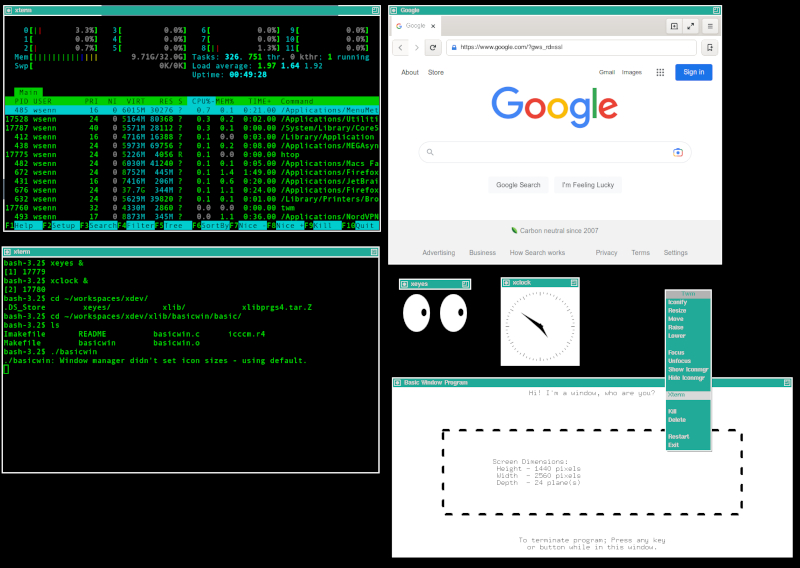I agree that some features of C++20 seem intimidating, but you don't have to use them. I prefer C++17, for example.
Yes, and Stroustrup is the Antichrist.C++ seems to dazzle people in the same way as communism did
Every #include is an #includeFun fact: Every C program is a C++ program.
Can we please stop hijacking this thread for a C vs. C++ discussion? At least by now this has nothing to do with the opening post/question.
i used to have it. started with msc 6 + windows sdkIs the Petzold book still a thing?
#include <windows.h>A few years ago, I actually tried to write a GUI program in C#.... and spent WAY too much time just trying to get a handle on how the graphics stack is organized in Windows... even a simple helloworld program required a truckload of setup before writing out the string in the middle of the window. And if graphical elements look out of place, I have to hunt down the API's to adjust just the right values. Not to mention there's different toolkits, best practices, and other details to take care of...
Can we all agree on the fact that Qt is the best GUI framework and C++ is the best programming language?


No.Can we all agree on the fact that Qt is the best GUI framework and C++ is the best programming language?
You're welcome!Thanks.

* sad Stroustrup noises *
